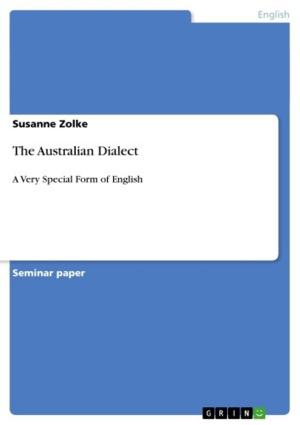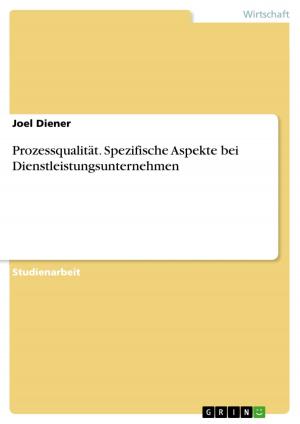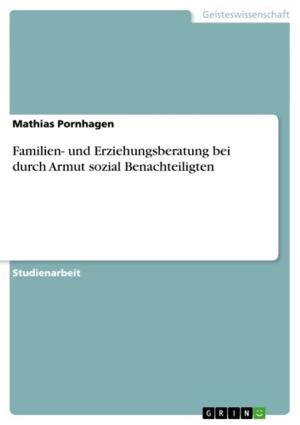| Author: | Daniel Schroeder | ISBN: | 9783656844518 |
| Publisher: | GRIN Verlag | Publication: | November 24, 2014 |
| Imprint: | GRIN Verlag | Language: | English |
| Author: | Daniel Schroeder |
| ISBN: | 9783656844518 |
| Publisher: | GRIN Verlag |
| Publication: | November 24, 2014 |
| Imprint: | GRIN Verlag |
| Language: | English |
Seminar paper from the year 2011 in the subject English Language and Literature Studies - Linguistics, grade: 2,0, University of Rostock (Institut für Anglistik/Amerikanistik), course: English Lexicology, language: English, abstract: 'Similarity of meaning is 'the most important lexical relation' in the WordNet model, and, in philosophy, Quine has identified synonymy (along with analyticity) as 'the primary business of the theory in meaning.' When writing a text about any topic, one does not want to use the same word every time. Imagine, the task is to write an article about young people. At first, they are called youth, but then the word adolescent is chosen. These two words are known to be synonyms, but it can be shown that words in English cannot have identical meaning and always are different in some way. The question in this example is, whether youth and adolescent are fully interchangeable. They are synonymous, because the OED, for example, defines synonyms as words that have the 'same general sense[...]', but they have 'different shades of meaning or implications appropriate to different contexts[...]'. When thinking about the German erledigen, one finds a lot of words in English that should be considered in a translation, like to attend, to settle, to handle, to do, to finish, to dispatch etc. Some of them are used in different situations or have the same core meaning, but differ in '[...]minor ways, or in emotional and stylistic connotation.' This seminar paper will focus on the analysis of synonymous words and sentences. Based on the notion that identity means 'oneness' , it must be understood that a perfectly identical meaning can therefore not exist between two or more synonymous words or sentences. This seminar paper does not aim to prove that words can have the same sense in some cases. It is rather based on the theory that they only have identical meaning, if it is similar in all contexts. This would be valid, if words like youth and adolescent differed only in form. The objective is to show, by using the British National Corpus (BNC) and other thesauruses, what distinctions random synonyms such as these may have and why they cannot be easily interchanged.
Seminar paper from the year 2011 in the subject English Language and Literature Studies - Linguistics, grade: 2,0, University of Rostock (Institut für Anglistik/Amerikanistik), course: English Lexicology, language: English, abstract: 'Similarity of meaning is 'the most important lexical relation' in the WordNet model, and, in philosophy, Quine has identified synonymy (along with analyticity) as 'the primary business of the theory in meaning.' When writing a text about any topic, one does not want to use the same word every time. Imagine, the task is to write an article about young people. At first, they are called youth, but then the word adolescent is chosen. These two words are known to be synonyms, but it can be shown that words in English cannot have identical meaning and always are different in some way. The question in this example is, whether youth and adolescent are fully interchangeable. They are synonymous, because the OED, for example, defines synonyms as words that have the 'same general sense[...]', but they have 'different shades of meaning or implications appropriate to different contexts[...]'. When thinking about the German erledigen, one finds a lot of words in English that should be considered in a translation, like to attend, to settle, to handle, to do, to finish, to dispatch etc. Some of them are used in different situations or have the same core meaning, but differ in '[...]minor ways, or in emotional and stylistic connotation.' This seminar paper will focus on the analysis of synonymous words and sentences. Based on the notion that identity means 'oneness' , it must be understood that a perfectly identical meaning can therefore not exist between two or more synonymous words or sentences. This seminar paper does not aim to prove that words can have the same sense in some cases. It is rather based on the theory that they only have identical meaning, if it is similar in all contexts. This would be valid, if words like youth and adolescent differed only in form. The objective is to show, by using the British National Corpus (BNC) and other thesauruses, what distinctions random synonyms such as these may have and why they cannot be easily interchanged.















